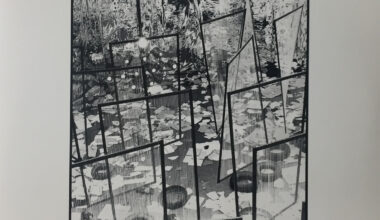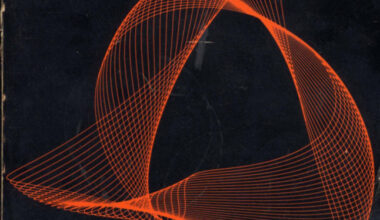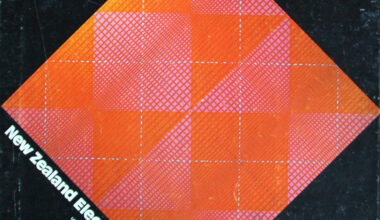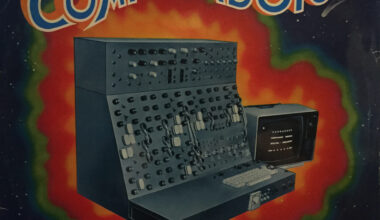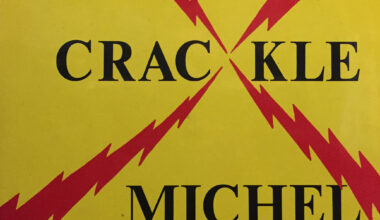In today’s lecture, Professor Jack Dangers talks about John Cousins, New Zealand’s musique concrete master
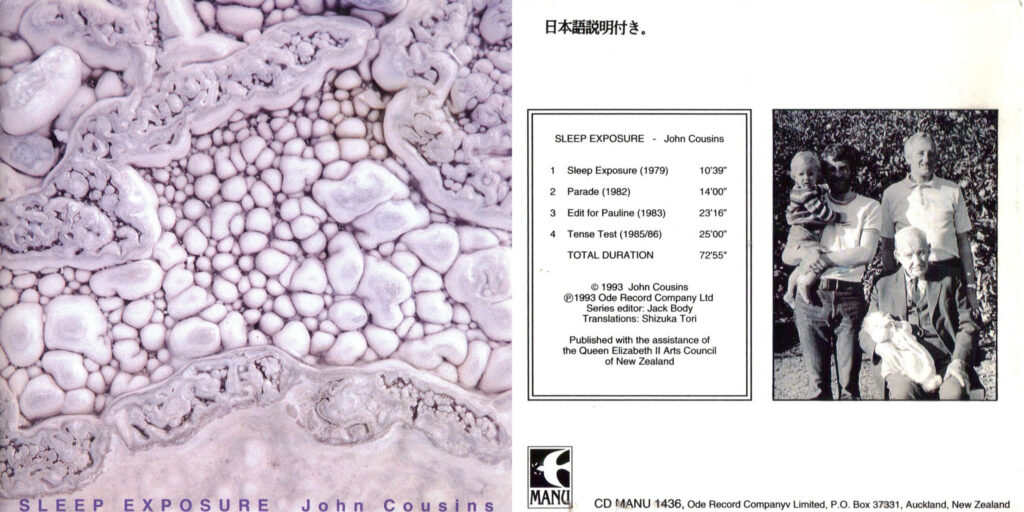
‘New Directions In New Zealand Music’ was a compilation album released in 1979. I say “released”, but it was actually only available at an art exhibition, the Festival of New Zealand Music and Sound Installations, which ran in October and November 1979 at the National Museum in Wellington on the North Island. The album featured artists such as Jack Body, Douglas Lilburn and John Cousins, and the original vinyl version came with a 20-page booklet. The vinyl came up on eBay while ago and I bid for it, but I ducked out when it reached $260. It went for $300 in the end and I regret not buying it because it’s really good.
The John Cousins track on ‘New Directions’ was ‘Sleep Exposure’ and it resurfaced in 1993, when it was put out on a compilation CD dedicated to Cousins’ work, which is essentially tape-generated musique concrete. The whole of this CD, which is also called ‘Sleep Exposure’, is excellent. I think I mentioned before that my all-time favourite album is probably Jon Appleton’s ‘The World Music Theatre Of Jon Appleton’, but this is a close second.
John Cousins was born in 1943 in Wellington and studied composition at the University of Canterbury in Christchurch, graduating in 1965. He started teaching at Canterbury in 1967 and stayed there until 2004. He wrote about the difficulties of continuing a creative career while teaching in an institution, but his work is brilliant. He handles the audio so well. It’s very minimal and it has a distinct New Zealand feel to it, mainly because Cousins likes to use his own voice a lot and he has a very recognisable accent.
One of Cousins’ pieces, ‘Parade’, is made up of recordings he made on a trip to the United States in the early 1970s. He recorded everything: his thoughts, television broadcasts, street sounds, his own narration. Until recently, if you made music in New Zealand, you had to become successful in the UK or America before you would be accepted back home, so tracks were often diluted and made to sound more international. But this is pure New Zealand music, made for a New Zealand audience nearly 40 years ago, so it’s like a time capsule of an approach that was being taken almost in isolation.
I find Cousins’ material really fascinating because of that and also because the equipment he used was extremely minimal. They had everything in Australia – the Synthi 100 I own [a behemoth of a synthesiser, only a handful remain] came from Australia, for example – but they had none of those kinds of resources in New Zealand. That didn’t matter, though. The classical electronic music that was being produced in New Zealand at the time was better than the stuff coming out of Australia.
The ‘Sleep Exposure’ album was included on a box set of electronic music from New Zealand and it was by far the best part of it. John Cousins’ work deserves to be heard by a much wider audience and I would urge everyone to seek it out.
